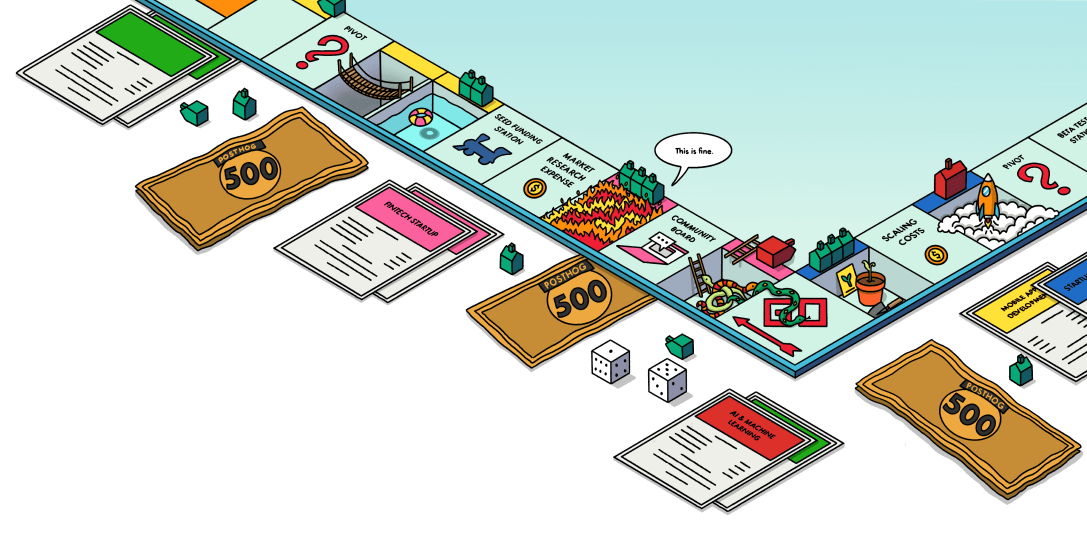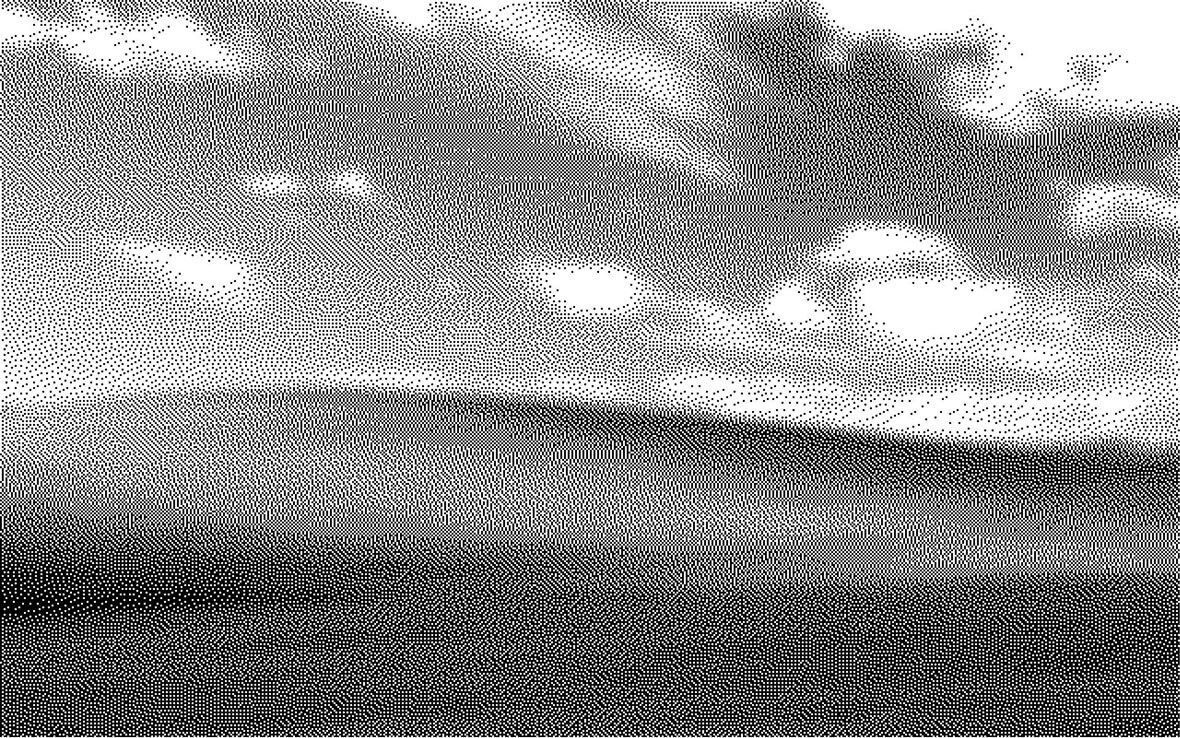JavaScript web
Contents
Note: This doc refers to our posthog-js library for use on the browser. For server-side JavaScript, see our Node SDK.
Installation
Option 1: Add the JavaScript snippet to your HTML Recommended
Option 2: Install via package manager
And then include it with your project API key and host (which you can find in your project settings):
See our framework specific docs for Next.js, React, Vue, Angular, Astro, Remix, and Svelte for more installation details.
Bundle all required extensions (advanced)
By default, the JavaScript Web library only loads the core functionality. It lazy-loads extensions such as surveys or the session replay 'recorder' when needed.
This can cause issues if:
- You have a Content Security Policy (CSP) that blocks inline scripts.
- You want to optimize your bundle at build time to ensure all dependencies are ready immediately.
- Your app is running in environments like the Chrome Extension store or Electron that reject or block remote code loading.
To solve these issues, we have multiple import options available below.
Note: With any of the no-external options, the toolbar will be unavailable as this is only possible as a runtime dependency loaded directly from us.posthog.com.
Note: You should ensure if using this option that you always import posthog-js from the same module, otherwise multiple bundles could get included. At this time @posthog/react does not work with any module import other than the default.
Don't want to send test data while developing?
If you don't want to send test data while you're developing, you can do the following:
What is the `defaults` option?
The defaults is a date, such as 2025-11-30, for a configuration snapshot used as defaults to initialize PostHog. This default is overridden when you explicitly set a value for any of the options.
Once you've installed PostHog, see our features doc for more information about what you can do with it.
Track across marketing website & app
We recommend putting PostHog both on your homepage and your application if applicable. That means you'll be able to follow a user from the moment they come onto your website, all the way through signup and actually using your product.
PostHog automatically sets a cross-domain cookie, so if your website is
yourapp.comand your app is onapp.yourapp.comusers will be followed when they go from one to the other. See our tutorial on cross-website tracking if you need to track users across different domains.
Replay triggers
You can configure "replay triggers" in your project settings. You can configure triggers to enable or pause session recording when the user visit a page that matches the URL(s) you configure.
You are also able to setup "event triggers". Session recording will be started immediately before PostHog queues any of these events to be sent to the backend.
Opt out of data capture
You can completely opt-out users from data capture. To do this, there are two options:
- Opt users out by default by setting
opt_out_capturing_by_defaulttotruein your PostHog config.
- Opt users out on a per-person basis by calling
posthog.opt_out_capturing().
Similarly, you can opt users in:
To check if a user is opted out:
Running more than one instance of PostHog at the same time
While not a first-class citizen, PostHog allows you to run more than one instance of PostHog at the same time if you, for example, want to track different events in different posthog instances/projects.
posthog.init accepts a third parameter that can be used to create named instances.
You can then call these different instances by accessing it on the global posthog object
Note: You'll probably want to disable autocapture (and some other events) to avoid them from being sent to both instances. Check all of our config options to better understand that.
Development
For instructions on how to run posthog-js locally and setup your development environment, please checkout the README on the posthog-js repository.








